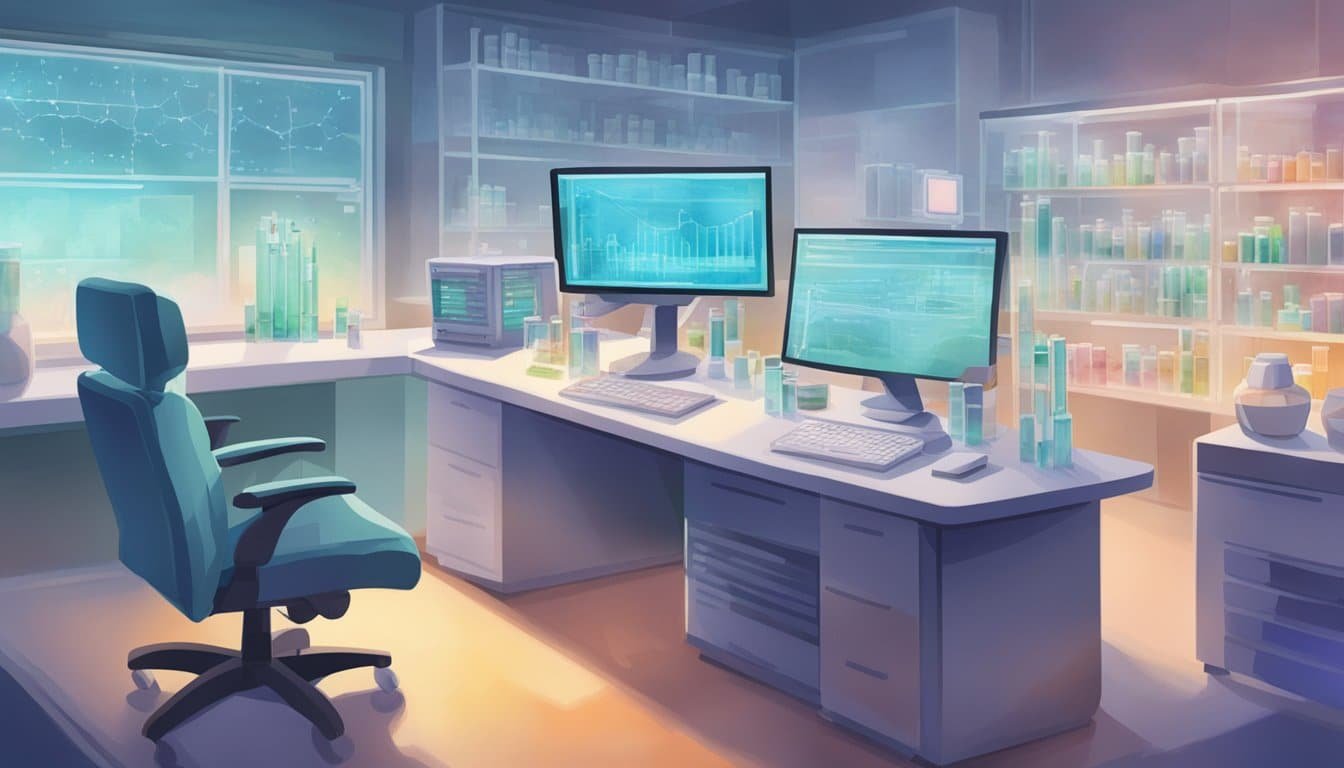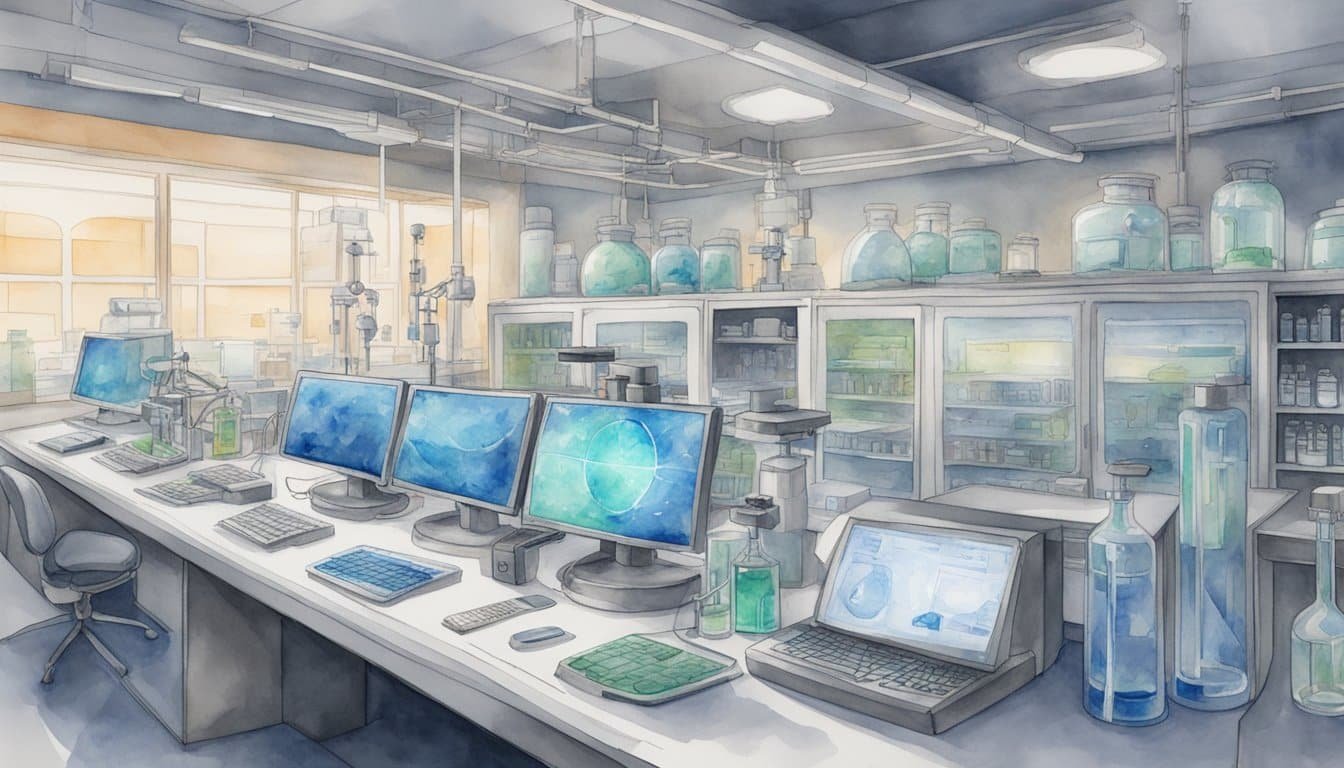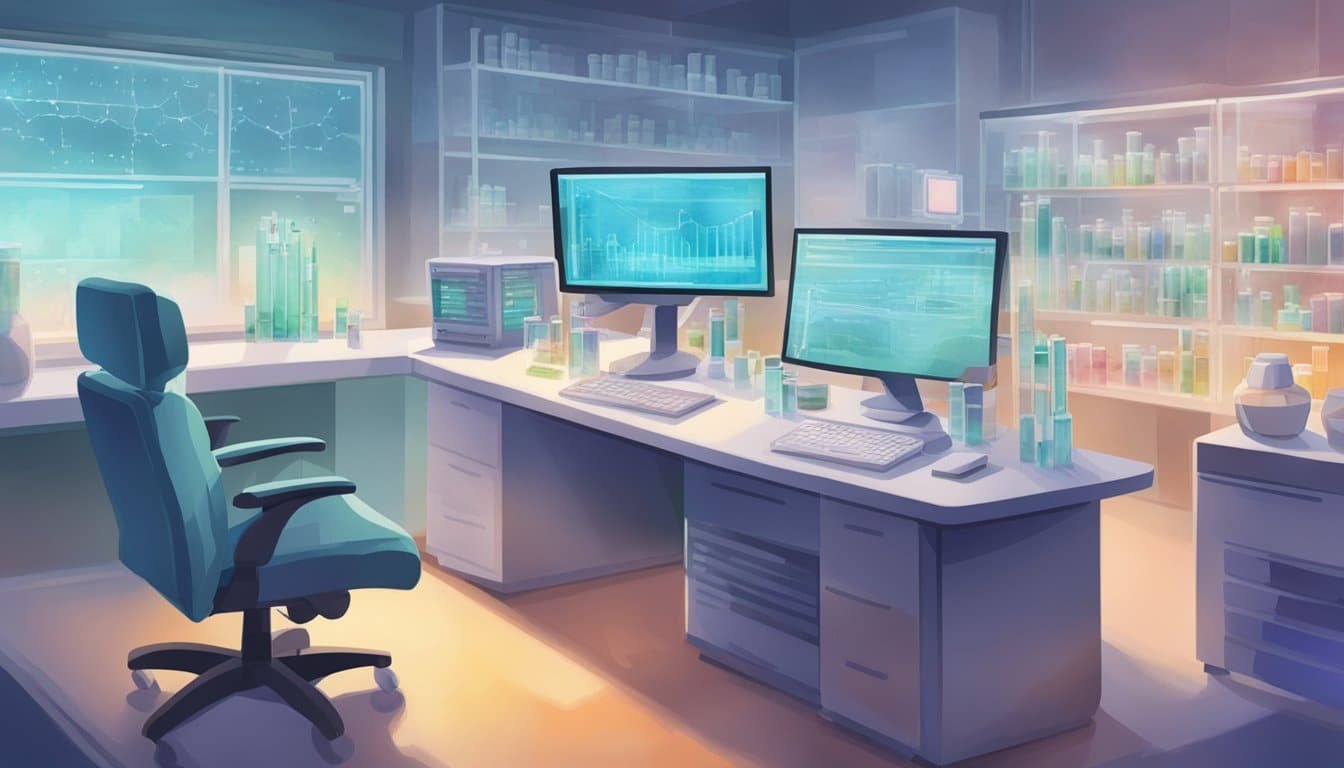CRISPR Technology and Its Basics
CRISPR technology represents a significant leap in biotechnology, allowing scientists to edit the DNA of organisms with precision. It’s a tool that has transformed the possibilities within genetic research and medicine.
Understanding CRISPR-Cas9
CRISPR-Cas9 is a revolutionary gene-editing tool that harnesses the natural defense mechanisms of bacteria. The system consists of two key components: a guide RNA (gRNA) and the Cas9 enzyme. The gRNA directs Cas9 to a specific location in the DNA sequence where it can make a cut, forming the basis for editing genes. By targeting specific DNA sequences, researchers can alter genetic material with the aim of correcting mutations or studying gene functions.
The potential applications of CRISPR-Cas9 are vast, from developing new treatments for genetic diseases to improving crop resilience. It has also been used in the creation of CRISPR babies, where a Chinese scientist edited the embryos’ DNA to be resistant to HIV, leading to the birth of twin girls.
From Laboratory to Clinical Trials
The journey of CRISPR from a laboratory concept to clinical trials is a testament to its potential in the medical field. Before applications in humans, the technology is rigorously tested in cells and stem cells in vitro, followed by extensive animal testing. Only after proving safe and effective in these stages does it move to clinical trials with humans.
One area of active clinical trials involving CRISPR is the treatment of genetic disorders. As research advances, clinical trial phases ensure that this biotechnological tool is applied safely and ethically. The essence of these trials is to evaluate the efficacy of CRISPR-based treatments and their long-term effects on patients and future generations. This step is critical to responsibly integrate CRISPR into mainstream medical practice.
The Case of the CRISPR Twins

In 2018, the scientific world was shaken by the announcement of the birth of the first gene-edited babies, known as Lulu and Nana. This unprecedented use of the gene-editing tool, CRISPR-Cas9, sparked a global debate over the ethical implications of modifying human embryos.
The Controversial Experiment
Chinese scientist He Jiankui revealed he had altered the DNA of twin girls to make them resistant to HIV, focusing on the CCR5 gene which is known to play a role in the virus’ ability to enter cells. The alterations were made during IVF treatment, with the intention of introducing mutations that mimic those found in individuals naturally immune to HIV infection. However, the production of gene-edited embryos and the resulting birth of babies with edited genomes raised concerns about off-target mutations and mosaicism, where some cells contain the edit while others do not.
Global Response and Ethics
Following the announcement, the international community responded with calls for a moratorium on gene editing in human embryos for reproductive purposes. Many raised concerns about the risks and ethics surrounding the experiment, including the potential for unintended mutations that could affect the twin girls’ health and the lack of peer-reviewed data. Discussions in scientific journals and by organizations such as the National Academy of Sciences stressed the need for consensus on the responsible use of gene editing technology in medicine.
The Future of Gene Editing

Gene editing, particularly with CRISPR technology, is racing towards a future where science fiction seems to be turning into science fact. It’s a realm full of promise and pitfalls, addressing humankind’s most pressing health issues and raising complex ethical questions.
Ethical Considerations Moving Forward
As gene editing techniques, like those used to modify the CCR5 gene in the highly publicized case of the Chinese twins, become more refined, ethical considerations increasingly come to the forefront. The world ponders a potential need for a moratorium on heritable gene editing—in which changes are passed down to future generations—to thoroughly evaluate long-term effects and prevent hasty applications. Additionally, risks tied to gene editing are a significant concern, as unintended consequences or off-target effects could introduce new medical challenges instead of solving existing ones.
Potential in Medicine and Pharmaceuticals
On the flip side, the potential of gene editing in medicine and pharmaceuticals is enormous. For instance, CRISPR technology opens doors to targeting the CCR5 gene, related to HIV resistance, providing a beacon of hope in the battle against diseases that are currently incurable. Moreover, through careful design and testing, gene editing could lead to preventive treatments for a variety of conditions, possibly even before they manifest during pregnancy. The trick lies in finding the balance between the tremendous potential benefits and the ethical use of this powerful technology.

